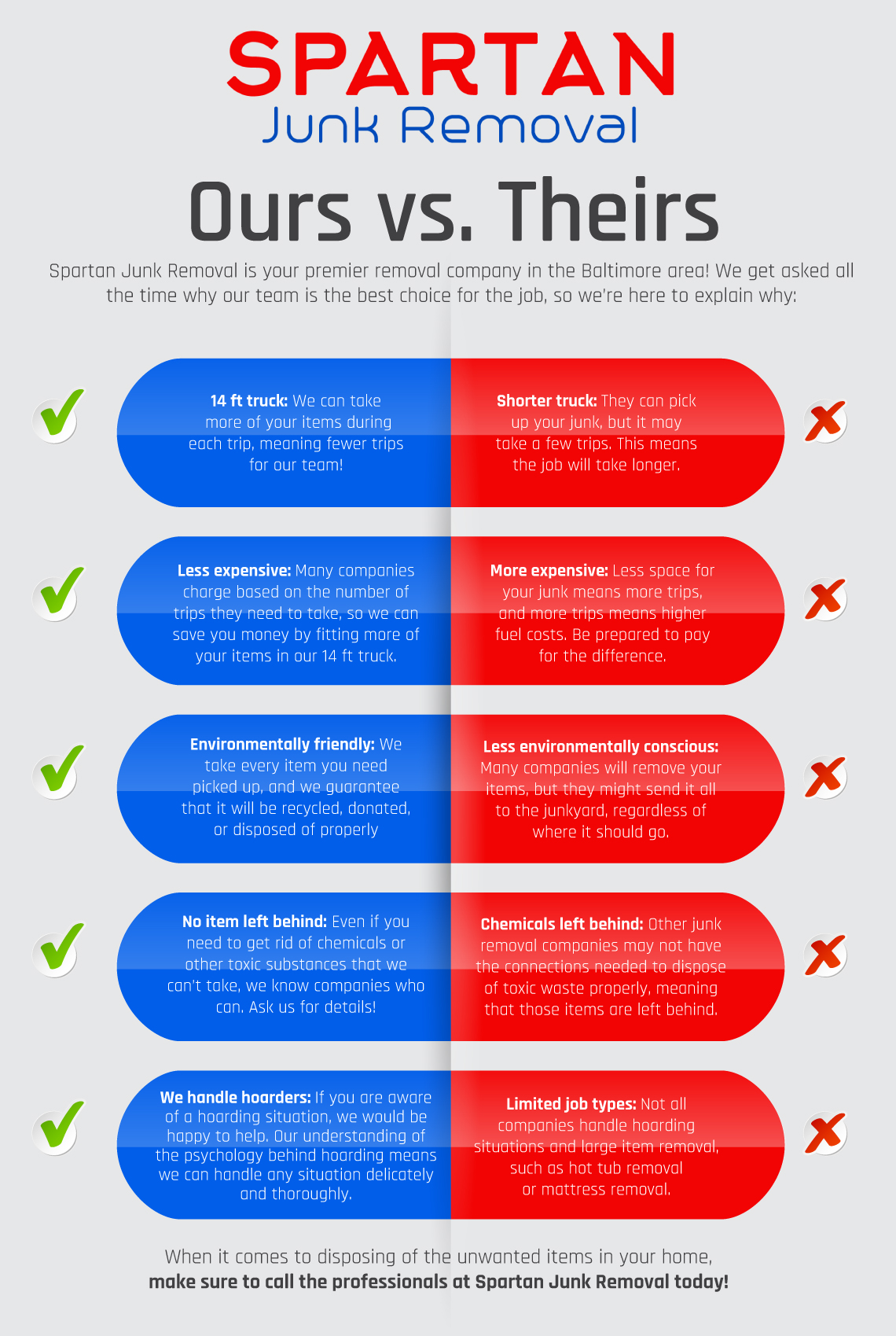Choosing The Suitable Dumpster Size For Your Project: An In-Depth Guide
Choosing The Suitable Dumpster Size For Your Project: An In-Depth Guide
Blog Article
Personnel Writer-Matthiesen Snider
When starting a project that requires a dumpster, the size you choose can greatly influence its efficiency and cost-effectiveness. Picture having the ideal container that fits all your waste without being excessively large or also little. All of it starts with comprehending the subtleties of your job and choosing a dumpster size that aligns with your details requirements. So, before you decide, think about the elements at play to ensure a seamless waste monitoring procedure from start to finish.
Factors to Think about
When choosing the best dumpster dimension, there are numerous vital aspects to consider.
First, think about the sort of waste you'll be dealing with. Various materials may need differing amounts of room, so comprehending what you'll be placing in the dumpster is important.
Next, assess the quantity of waste you anticipate to produce. If you undervalue the volume, you may need to make several journeys to take care of whatever, which can be troublesome and expensive. On the other hand, leasing a dumpster that's too big can result in unnecessary costs.
Additionally, consider the area where the dumpster will be put. Make sure there's enough space for the dumpster to be supplied and gotten without any obstructions.
Finally, think of any weight constraints that may apply. Going beyond daily dumpster rental can lead to additional charges or perhaps the refusal of service.
Dumpster Dimension Options
For choosing the best dumpster size, it's essential to have a mutual understanding of the available alternatives. Dumpster sizes usually range from 10 to 40 cubic yards, with variations in between.
A 10-yard dumpster appropriates for small projects like a garage cleanout or a little restoration. If garbage container rentals -sized project such as a kitchen remodel or a basement cleanout, a 20-yard dumpster could be the ideal choice.
For bigger tasks like a whole-house restoration or business building and construction, a 30 or 40-yard dumpster could be better to fit the quantity of waste created.
When selecting a dumpster size, think about the amount and kind of debris you anticipate to deal with. It's better to select a somewhat larger dimension if you're unsure to avoid overfilling. Keep in mind, it's even more cost-efficient to rent a dumpster that fits your needs rather than having to buy an added one.
Matching Dimension to Project
Optimally matching the dumpster size to your task is vital for efficient waste management. To establish the appropriate size, take into consideration the range and nature of your task.
For https://dumpster-service-in-my-ar09753.dbblog.net/4714827/when-deciding-on-a-scrap-removal-solution-focus-on-factors-like-their-track-record-the-expense-of-services-and-their-environment-friendly-practices-to-guarantee-a-wise-choice or renovations, a 10-yard dumpster may be sufficient. These are typically 12 feet long and can hold about 4 pickup truck lots of waste.
For bigger projects like renovating multiple spaces or cleaning out a big estate, a 20-yard dumpster might be preferable. These are around 22 feet long and can hold approximately 8 pickup truck tons.
If you're dealing with a major building and construction job or business remodelling, a 30-yard dumpster could be the very best fit. These dumpsters are about 22 feet long and can suit regarding 12 pickup tons of debris.
Matching the dumpster size to your project ensures you have adequate area for all waste products without paying too much for unused ability.
Conclusion
Finally, picking the right dumpster size for your task is crucial for reliable garbage disposal. By thinking about elements like the type and amount of waste, room availability, weight constraints, and budget plan constraints, you can ensure you have the ideal dimension dumpster for your needs. Make certain to match the dimension of the dumpster to the range and nature of your job to prevent overspending on unnecessary expenses.
